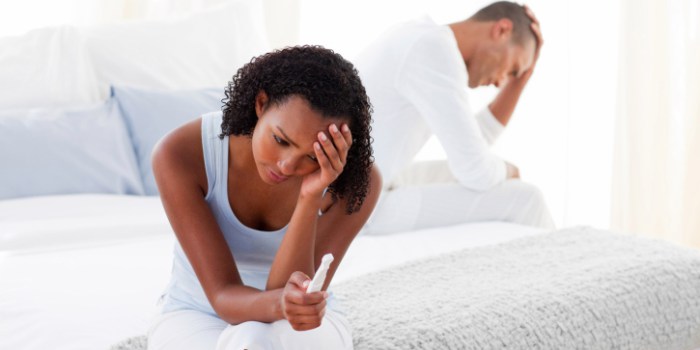The diagnosis is one of the most complicated factors. It can take a long time to be diagnosed, worsening the symptoms due to lack of timely care.
What is endometriosis?
Endometriosis is a chronic disease in which the endometrium grows outside the uterus.
The endometrium is the innermost layer of the uterus, the one that is desquamated every month and sheds with menstruation
This endometrial tissue that grows outside the uterus can appear in and around the pelvic and abdominal organs, including the ovaries, intestines, or bladder.
Or even in such rare places, like the navel or the lungs.
The disease can occur in tumors and cysts of endometriosis or endometriomas of varying size.
This disease is inflammatory, which in turn causes adhesions, ie bridges of tissue that cause the organs to adhere to each other.
What causes endometriosis?
The causes of endometriosis are not well known, although there are several theories:
1.Family background. Women who have a close relative with this condition are up to 7-10 times more likely to suffer from endometriosis.
2.Retrograde menstruation. It is the most accepted theory. During menstruation, blood flows out of the vagina, but also backwards, into the fallopian tubes. In most women, this blood, which contains endometrial tissue, is normally absorbed and does not cause symptoms.
3.It would also have to point to an immune problem that causes the endometrial cells to persist in these tissues instead of being reabsorbed and cyclically inflamed.
4.Transformation of pluripotent cells in endometrial cells. This theory could explain the appearance of endometriosis in places far from the uterus such as the lungs, the intestine or the rectum. For this reason it is said that endometriosis is not a gynecological disease.
5.Other factors:
- Heavy menstrual bleeding for more than five days
- Having had the first menstruation before 11 years of age
- Have periods of less than 27 days
- Early pregnancy
- Consumption of alcohol
What are the symptoms of endometriosis?
The symptoms of endometriosis are different in each woman. You can have all the symptoms or none.
- Painful menstruations
- Pain during or after sex
- Infertility / infertility
- Abdominal or pelvic pain during or outside of menstruation
- Heavy bleeding during menstruation
- Digestive and intestinal disorders such as changes in bowel movements, intestinal pain, spasms, pain in bowel movements, etc.
- Pain with urination and urinary disorders
- Fatigue
How is endometriosis diagnosed?
Among the most common methods for the detection of endometriosis are:
- Gynecological examination
- Transvaginal ultrasound
- Blood tests Although there is no completely valid serum marker for the diagnosis of endometriosis.
- Magnetic resonance It is the most useful imaging test for the diagnosis of endometriosis in the pelvis
Is there any treatment for endometriosis?
Although currently endometriosis has no cure, there are only palliative treatments that help increase the quality of life. Mainly there are two:
1.Hormone treatment It basically consists in achieving the absence of menstruation (amenorrhea) and lowering estrogen levels.
They can be long-term treatments, with progestin or contraceptive pill, or treatments for a limited time such as GnRHl analogues.
2.Surgical treatment














